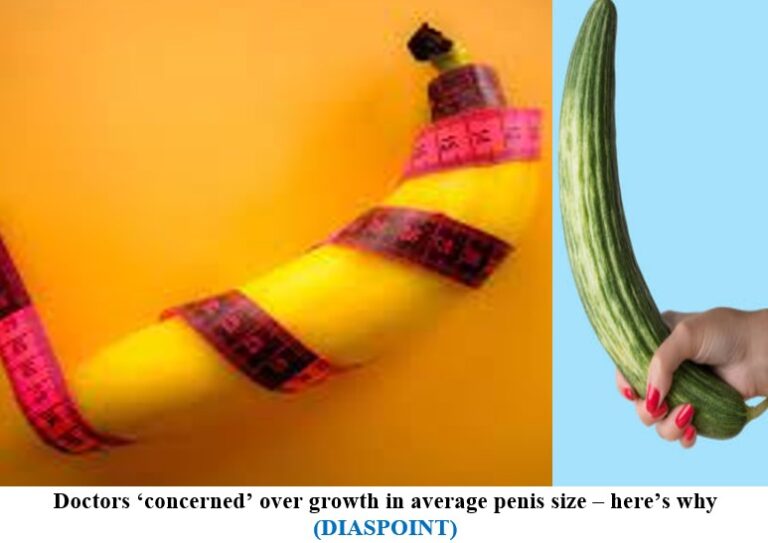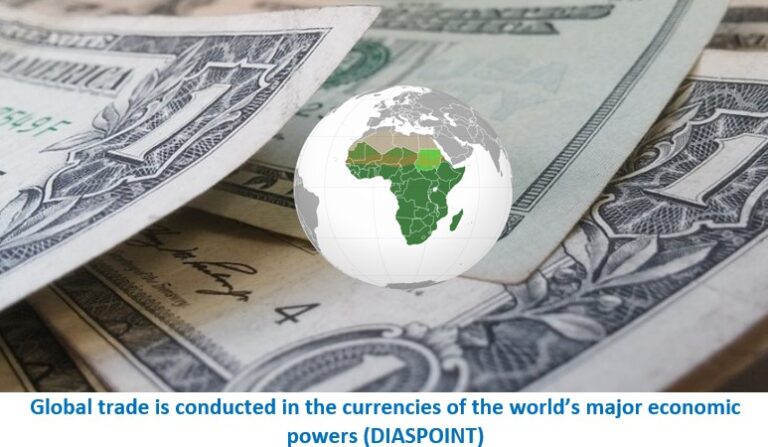Kenya should learn from Ghana’s tribulations and stop borrowing
In December 2022, the International Monetary Fund (IMF) gave the Kenyan economy a clean bill of health. According to the fund, Kenya showed strong resilience against a turbulent global economic backdrop.
Like many economies in sub-Saharan Africa, Kenya faced tight external financing, surging US dollar, volatile international commodity prices and elevated global uncertainties.
However, Kenya’s real GDP grew by 6 per cent in the first half of 2022 despite a biting drought while tax overperformance and a strong commitment to its IMF programme helped contain risks.
After a fourth review of Kenya’s economic recovery programme, the IMF praised the new Kenyan leader, President William Ruto, for staying the course of fiscal consolidation and for his strong emphasis on tax revenue despite pressures from delayed, unbudgeted, and emergency spending.
The government has projected a growth of 6 per cent for FY 2022/2023 against a backdrop of an economy recovering from the Covid-19 pandemic, rising costs of debt, projected drought, rising cost of goods, among other factors.
The government plans to achieve its growth target through an aggressive revenue generation and has projected to increase its ordinary revenue from Sh1.81 trillion (US$14.5 billion) to Sh2.14 trillion (US$17 billion), equivalent to 15.3 per cent of the country’s GDP.
On expenditure, Kenya intends to increase its total expenditure from Sh3.2 trillion in FY 21/22 to Sh3.34 trillion in FY 22/23. The Kenyan government has projected a fiscal deficit of Sh862 million (6 per cent to the GDP) in FY 2022/23.
To achieve this, the government intends to restrict growth in recurrent spending through reduction of non-priority expenditure and re-double efforts on revenue collections.
Recent data from the Central Bank of Kenya (CBK) shows that Kenya’s public debt has hit Sh9.145 trillion ($73 billion), equivalent to 62.3 per cent of GDP, made up of Sh4.472 trillion ($36 billion) in domestic debt, Sh37.88 billion ($303 million) publicly guaranteed debt, and Sh4.673 trillion ($37 billion) in external debt.
Kenya’s debt stock is gradually inching closer to the Sh10 trillion ($80 billion) ceiling set by Parliament in June last year. Repayment of billions of bilateral and commercial loans has also taken a heavy toll on the country’s foreign-exchange reserves.
The country’s reserves have depleted to its lowest level in 88 months at $7 billion (SES870.7 billion, equivalent to 3.92 months of imports), according the CBK. The reserves fell from $7.38 billion, or 4.13 months of estimated imports, on January 19 and $9.62 or import cover of 5.89 months on September 5, 2021. Read More from original source







